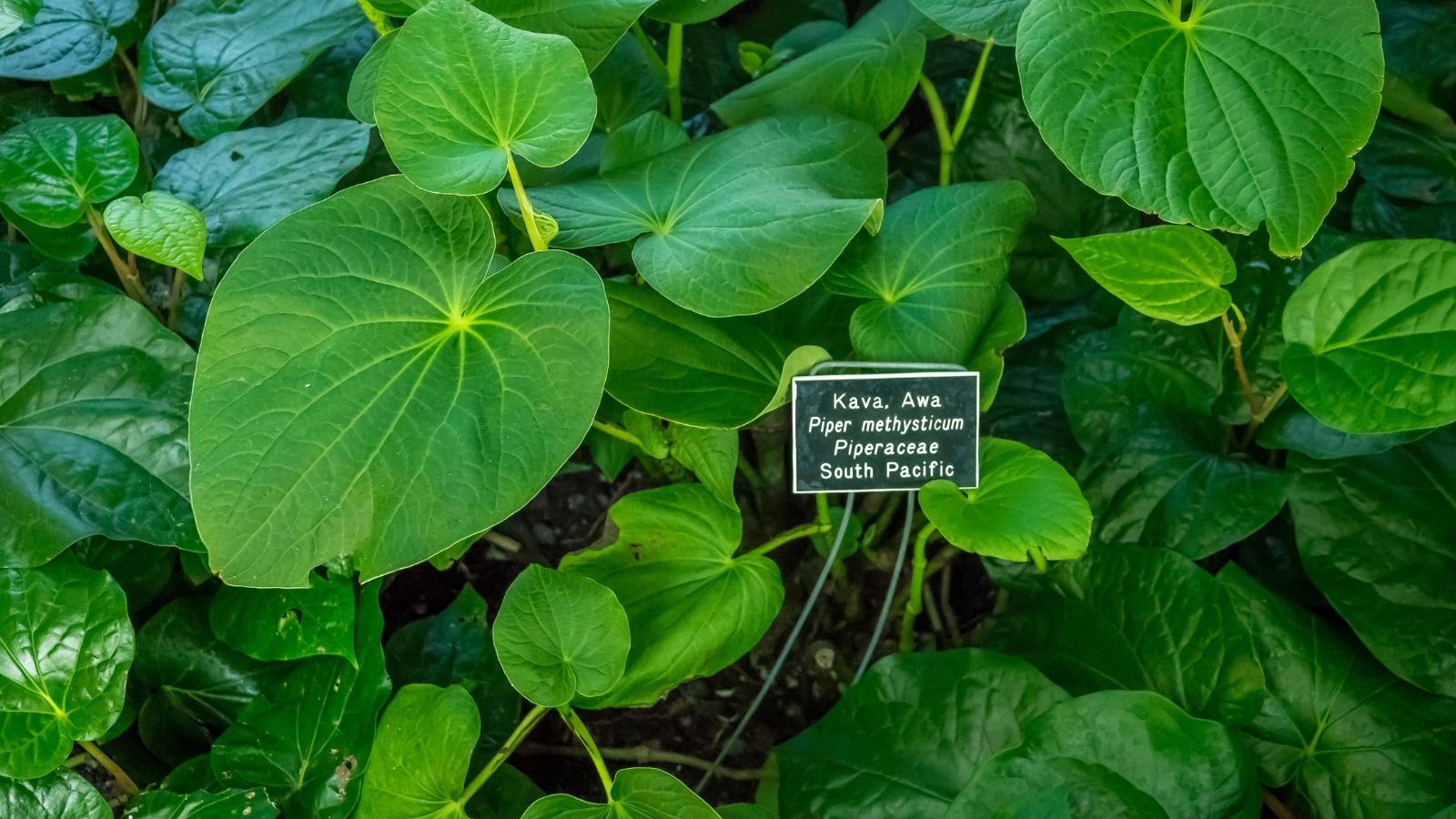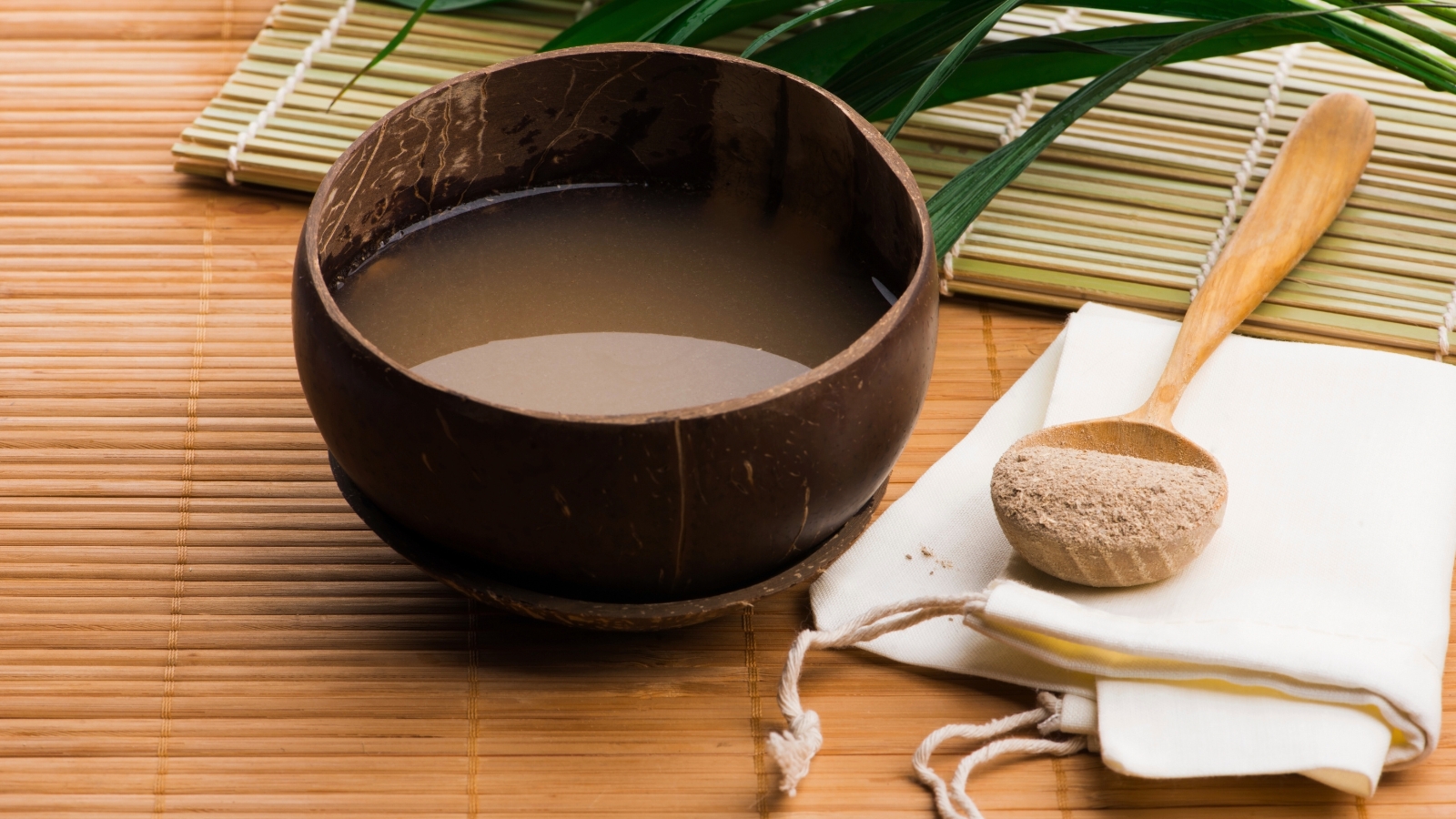Kava, a plant native to the Pacific Islands, has been an integral part of the region’s cultural and medicinal practices for thousands of years. As Kava gains popularity in the modern world, it is essential to understand its rich history, potential benefits, and responsible usage.
This comprehensive guide aims to provide you with the knowledge to navigate the world of Kava confidently while respecting its cultural heritage.
Introduction to Kava
Kava, scientifically known as Piper methysticum, is a plant native to the Pacific Islands, where it has been cultivated for thousands of years. The word “Kava” is thought to originate from the Polynesian word “awa,” meaning bitter. Kava holds profound significance in Pacific Island cultures, woven into the fabric of social, ceremonial, and medicinal practices. From Fiji to Hawaii, it symbolizes hospitality, peace, and community, often consumed to foster camaraderie, resolve disputes, and connect with the spiritual realm.
Kava refers to both the plant and the beverage made from its roots, which are ground, pounded, or chewed and mixed with water to produce a muddy, earthy-tasting drink. This traditional beverage is known for its psychoactive properties, primarily attributed to compounds called kavalactones. For Pacific Islanders, Kava is more than a drink; it serves as a bridge to their ancestors, a medium for social bonding, and a tool for spiritual exploration.
Understanding Kava’s Properties
The Kava plant is a perennial shrub that thrives in the shady, humid climates of the Pacific Islands. The magic of Kava lies in its kavalactones, a group of compounds known for their psychoactive properties. These compounds interact with the body by modulating the activity of neurotransmitters in the brain, particularly those involved in stress, anxiety, and relaxation. This interaction is believed to underpin Kava’s calming, anxiolytic, and muscle-relaxant effects.
Traditional and Modern Uses
Traditionally, Kava plays a central role in Pacific Island societies, serving as a ceremonial drink during rites of passage, important gatherings, and as a tool for spiritual and communal connection. It symbolizes respect, peace, and unity among participants. While traditional uses emphasize social and ceremonial aspects, modern applications have expanded to include wellness and therapeutic purposes, particularly for stress relief, anxiety reduction, and sleep improvement.

Benefits and Effects of Kava
Kava has gained attention for its potential psychological and physical benefits, which both anecdotal experiences and scientific research have supported. One of the most notable effects of Kava is its ability to reduce anxiety and promote a sense of calmness. Many users report experiencing a significant decrease in anxiety levels after consuming Kava, often comparing the feeling to the relaxation achieved through practices like meditation or taking a soothing bath.
In addition to its anxiolytic properties, Kava is also known for its mood-enhancing effects. Users often describe a sense of gentle upliftment and emotional stability, distinct from the intense euphoria associated with stimulants or the sedation caused by depressants. This mood-lifting effect allows individuals to experience a state of calm contentment without significant impairment to cognitive functions.
Kava also exhibits muscle relaxation properties, acting as a natural muscle relaxer. It can help ease tension and promote physical relaxation without the excessive grogginess often associated with pharmaceutical muscle relaxants. This makes Kava a popular choice for individuals seeking relief from muscle tightness caused by stress or physical exertion.
Compared to other substances used for relaxation or anxiety relief, such as opioids or benzodiazepines, Kava stands out for its non-addictive nature and lower risk of significant side effects when consumed in moderation. It does not produce the intense euphoric high associated with some substances, which may contribute to its lower potential for abuse and dependence.
The scientific community has conducted numerous studies to investigate the therapeutic potential of Kava, particularly in the context of anxiety treatment. A systematic review published in the Journal of Clinical Psychopharmacology found that Kava demonstrated superiority over placebo in reducing anxiety symptoms. Many studies also highlight the favorable safety profile of Kava when consumed in moderation and obtained from reputable sources, supporting its potential as a therapeutic option for anxiety management.

Safety Considerations and Responsible Use
While Kava is generally well-tolerated, it’s important to be aware of potential side effects and use it responsibly. Most users experience the benefits of Kava without adverse effects, but some may encounter mild side effects such as gastrointestinal discomfort, dry mouth, or dizziness, particularly at higher doses.
Long-term or excessive use of Kava may raise concerns about liver health. Although rare, there have been reports of liver toxicity associated with improper use or consumption of low-quality Kava products. To minimize these risks, it’s crucial to choose high-quality, noble Kava strains and adhere to recommended dosages.
When starting with Kava, it’s advisable to begin with lower doses to assess individual tolerance and avoid combining it with alcohol or other substances that may stress the liver. Consulting with a healthcare professional before incorporating Kava into your routine is especially important for individuals with existing health conditions or those taking medications.
Kava in Modern Culture
Kava has found a unique niche in modern culture, particularly in the West, where the rise of Kava bars has introduced this traditional Pacific Island beverage to a new audience. These establishments offer a communal space akin to coffee shops but with a focus on relaxation and socialization without the influence of alcohol. This trend reflects a growing interest in alternative social venues and wellness practices.
The legal status of Kava varies globally, from legal and regulated in countries like the United States, where it is marketed as a dietary supplement, to restrictions in others due to concerns over health effects. However, its acceptance is growing as more research highlights its safe use.
Kava’s role in wellness and alternative medicine continues to expand, with many turning to it for its natural anxiety-reducing and muscle-relaxing properties. It’s becoming a popular choice for those seeking holistic approaches to stress and well-being, further embedding Kava into the fabric of modern health-conscious societies.
Purchasing and Storing Kava
When purchasing Kava, selecting high-quality products is crucial for ensuring both safety and effectiveness. Look for vendors who source noble Kava varieties, as these are known for their superior effects and lower risk of adverse reactions. It’s also important to seek out products that have undergone third-party testing for purity and potency, providing assurance that the Kava is free from contaminants and accurately labeled.
Once you have your Kava, proper storage is key to preserving its freshness and potency. Keep it in an airtight container away from direct sunlight and moisture. A cool, dark cupboard is ideal for maintaining the quality of your Kava over time. Avoid storing it in locations with fluctuating temperatures or humidity, as these conditions can degrade the kavalactones and diminish the Kava’s effectiveness. By following these guidelines, you can enjoy the full benefits of Kava for as long as possible.
Preparing Kava at Home
Preparing Kava at home offers a wonderful opportunity to connect with the traditional roots of this ceremonial beverage while enjoying its calming benefits. To emulate a traditional Kava ceremony, start by acquiring high-quality, noble Kava root powder. The ceremony typically involves placing the Kava powder in a muslin cloth, tying it securely, and then steeping and kneading it in a bowl of cold water for several minutes. This methodical preparation is not only about making the drink but also about infusing the process with intention and respect for its cultural origins.
For those looking to explore Kava beverages, a basic recipe involves mixing Kava powder with water, and for added flavor, consider incorporating coconut milk, honey, or cinnamon. These additions can make the earthy taste of Kava more palatable for newcomers. Or, invest in a delicious beverage that already contains high-quality Kava, like New Brew seltzers.

Embracing Kava
Kava’s journey from a traditional Pacific Island beverage to a modern wellness tool demonstrates its enduring value. By selecting high-quality products, following recommended dosages, and being mindful of potential interactions, Kava can be safely incorporated into our lives.
As we continue to explore and appreciate Kava, let us carry forward the respect for its traditions and the commitment to using it responsibly, ensuring that it remains a treasured part of our world for generations to come.











